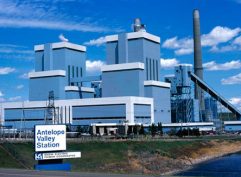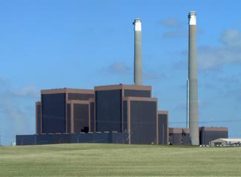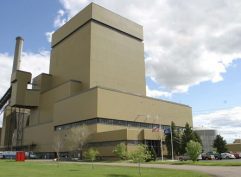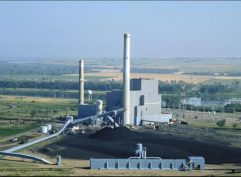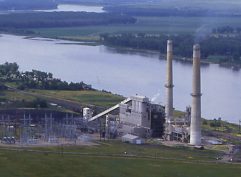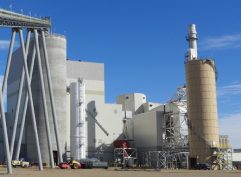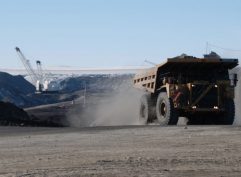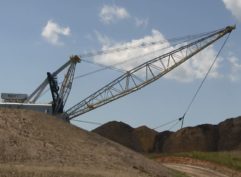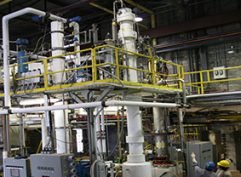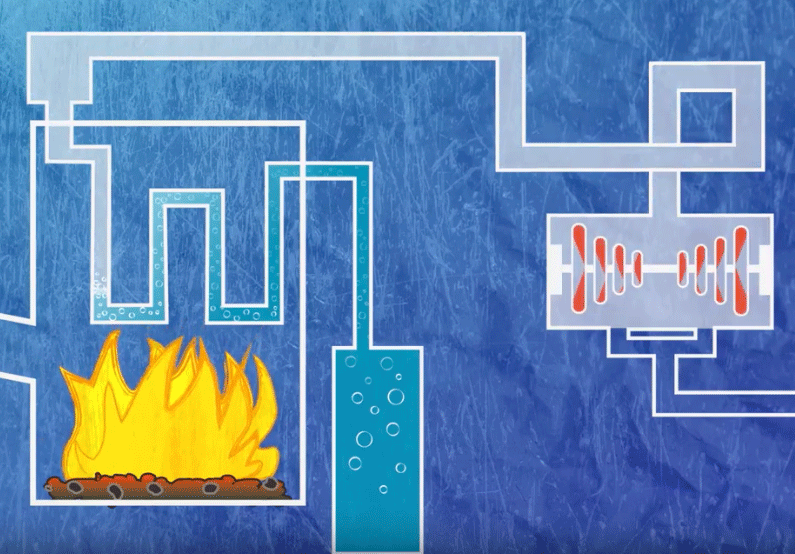New Source Performance Standards
The EPA has proposed a New Source Performance Standard (NSPS) that will impose a cap of 1,100 pounds of carbon dioxide (CO2) emissions per megawatt hour for new fossil fuel-fired electric power plants, a level that is 40-50% lower than what is achievable for coal-fired power plants with commercial technology that is currently available.
Lignite plants currently produce approximately 2,200 pounds of CO2/kwh
– requiring an unfeasible 50% reduction in emissions utilizing commercially-unproven carbon capture and sequestration (CCS) technology.
However, the Department of Energy (DOE) has stated on the record that first- generation CCS technology would increase the wholesale cost of electricity by 70- 80 percent1. The DOE’s own “Carbon Capture Technology Program Plan” also states that commercial deployment of CCS technology will not be ready until 2020-20302.
Lignite Industry Has Proven Track Record of Innovation
The lignite industry has a great working relationship with the Department of Energy’s National Energy Technology Laboratory. The State of North Dakota, through the EERC, has been a partner with NETL in several research projects, with one recent success story being DryFining3 technology that is now being marketed to the rapidly growing coal market in China.
If we have certainty that we can adhere to the DOE roadmap, the industry is willing to continue making investments to develop new coal-fired generation that would utilize cutting edge emissions-reduction technology.
Ban on New Coal-Fired Power Will Hurt Consumers
Lignite has long been and remains a reliable and low-cost feedstock for power generation. By effectively banning the use of coal for new electrical generating units, the proposed rule will increase utilities’ reliance on natural gas, which has been subject to wide fluctuations in price and supply, as shown most recently by the 2014 spikes in natural gas prices throughout the Midwest and Eastern United States.
Higher electricity rates disproportionately impact low and middle-income families who have to devote a higher proportion of disposable income to utility bills4. Low electricity rates free up income to go towards an improved standard of living.
1 House Energy and Commerce Subcommittee on Oversight and Investigations Hearing on “Status of Clean Coal Programs”. February 11, 2014: https://www.you- tube.com/watch?v=DNtjOpj3Kys&feature=youtu.be
2 https://www.netl.doe.gov/File%20Library/Research/Coal/carbon%20capture/Program-Plan-Carbon-Capture-2013.pdf
3 https://energy.gov/articles/cleantech-innovative-lab-partnership-reduces-emissions-coal
4 https://www.npr.org/blogs/money/2012/08/01/157664524/how-the-poor-the-middle-class-and-the-rich-spend-their-money


